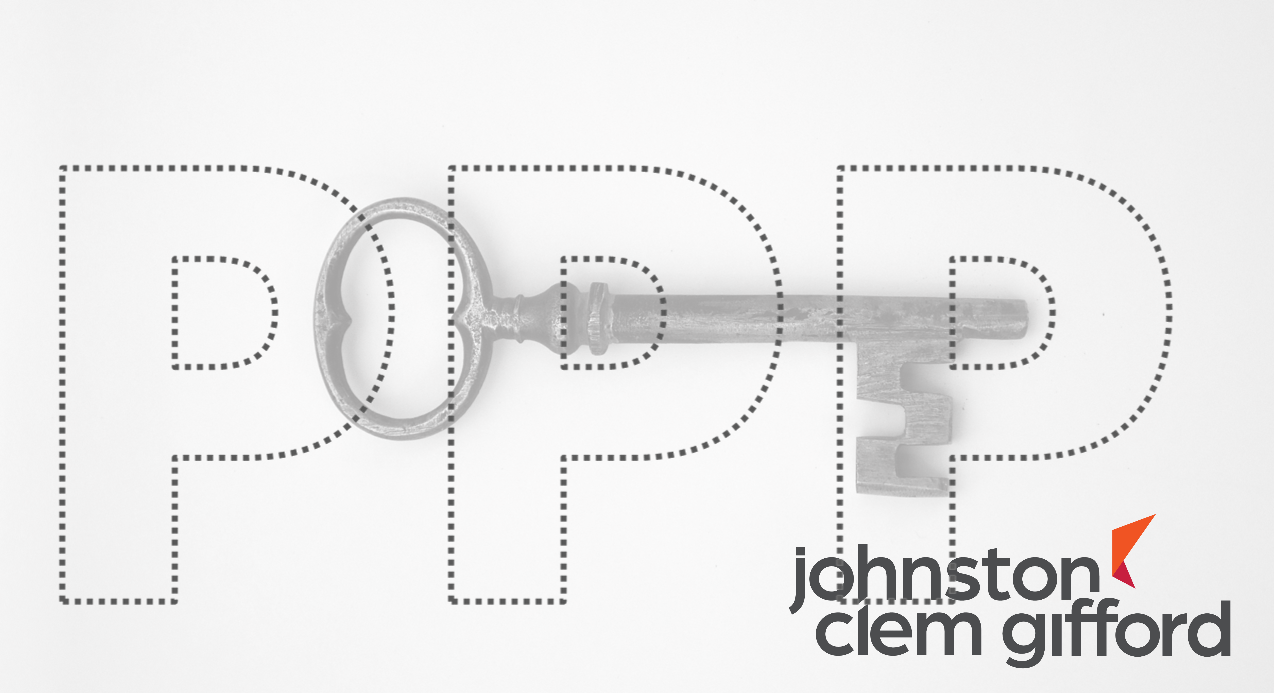Key Changes to the Paycheck Protection Program

At the end of December 2020, Congress passed a new COVID-19 relief package that included significant changes to the Paycheck Protection Program. The changes include a second round of loan funding, new rules with respect to eligibility, an expanded list of allowable business expenses for purposes of forgiveness, tax deductibility and more.
Here is a quick rundown of the key changes:
Second Draw PPP Loans
The new legislation authorizes a second round of PPP loans, available from January 13 to the end of March 2021. The criteria for these second draw PPP Loans are:
- You previously received an earlier PPP loan and have used the full amount for authorized uses, or you soon will;
- You have 300 or fewer employees; and
- Consistent with recent Small Business Administration guidance, you must have had at least a 25% reduction in gross receipts between comparable quarters in 2019 and 2020.
The new PPP legislation limits the amount that can be borrowed to $2 million or an amount equal to two and half times the applicant’s average monthly payroll costs from 2019 or 2020, whichever is lesser. For those in the hotel and restaurant industries, the multiplier is 3.5x. SBA provides guidance on calculating the maximum loan amount here. Borrowers can find a participating lender at SBA Lender Match.
Additional Forgiveness Eligible Expenses
Under the original legislation, PPP loans were fully forgivable if the funds were used for eligible expenses. The new legislation maintains the rule that only 40% of the loan funds could be used for non-payroll expenses. The original list of expenses included payroll costs, mortgage interest, rent and utilities. Forgivable expenses now include:
- Property damage costs related to 2020 vandalism or looting (not otherwise covered by insurance);
- Operations expenses like payment for business software or cloud computing facilitating operations, product or service delivery, human resources, or sales and billing functions;
- Worker protection costs like the purchase of protective equipment, erection of barriers, and workspace reconfigurations; and
- Essential supplier costs.
These new expenses are retroactive to any original PPP loan (if forgiveness is still pending).
Expanded Business Eligibility
Congress expanded the categories of borrowers that are eligible to include not-for-profit organizations, section 501(c)(6) organizations that fall below certain lobbying thresholds, housing cooperatives, veterans organizations, tribal businesses, farming co-ops, sole-proprietors, self-employed individuals and independent contractors. These types of eligible businesses and organizations must satisfy the other requirements of the PPP such as having fewer than 300 employees.
Additional Lender Protections
The new legislation also allows lenders to rely on certification or documentation submitted by a borrower for second draw PPP Loans. It also states that no enforcement action will be taken against the lender, and the lender will not be subject to loan origination or forgiveness penalties, if: (1) the lender acts in good faith relating to loan origination or forgiveness; and (2) all relevant federal, state, local and other statutory and regulatory requirements are satisfied.
Tax Deductibility of PPP Expenses
Congress overruled the IRS’s previous determination that PPP expenses would not be deductible. PPP expenses are now standard business expenses. This is essentially a double benefit for businesses with PPP loans.
Other Key Changes and Features
Borrowers who claim Employee Retention Tax Credits are now able to apply for PPP loans and borrowers who accepted EIDL grants will not have the EIDL amount deducted from any PPP loan amount that is forgiven.
The SBA also announced that it would take a number of steps to ensure increased access to the PPP for minority, underserved, veteran, and women-owned business concerns, including accepting PPP applications exclusively from community financial institutions that serve those groups for the first two days of the Second Draw PPP Loan program.
Contact Johnston Clem Gifford
For more information, contact us online or by calling (214) 974-8000. Our lawyers routinely advise clients on regulatory compliance and other supervisory and governmental matters.
